Sometimes, we encounter strange little insects at home that don’t usually stay around like cockroaches or mice. These are mostly accidental intruders or seasonal visitors. While they rarely pose major threats, it’s still important to handle them properly. This article introduces 10 common occasional household pests to help you identify and deal with them effectively.
10 Common Occasional Pests and Their Habits
1.Stink Bugs
- Types: Lychee stink bug, assassin bug, red-bordered stink bug
- Habits: Most are herbivorous insects that feed on plant sap with piercing-sucking mouthparts. They prefer warm, sunny environments and often seek shelter indoors to overwinter when temperatures drop in fall and winter. When threatened, they emit a strong odor that is difficult to remove. In large numbers, they can cause unpleasant smells and disturbances.
- Common Locations: Near windows, window screens, balconies, and plants
- Risks:Lychee stink bug: secretes corrosive fluids from the tail, causing skin redness, burning, and ulceration Assassin bug: bloodsucking species that can transmit Trypanosoma cruzi, the parasite that causes Chagas disease
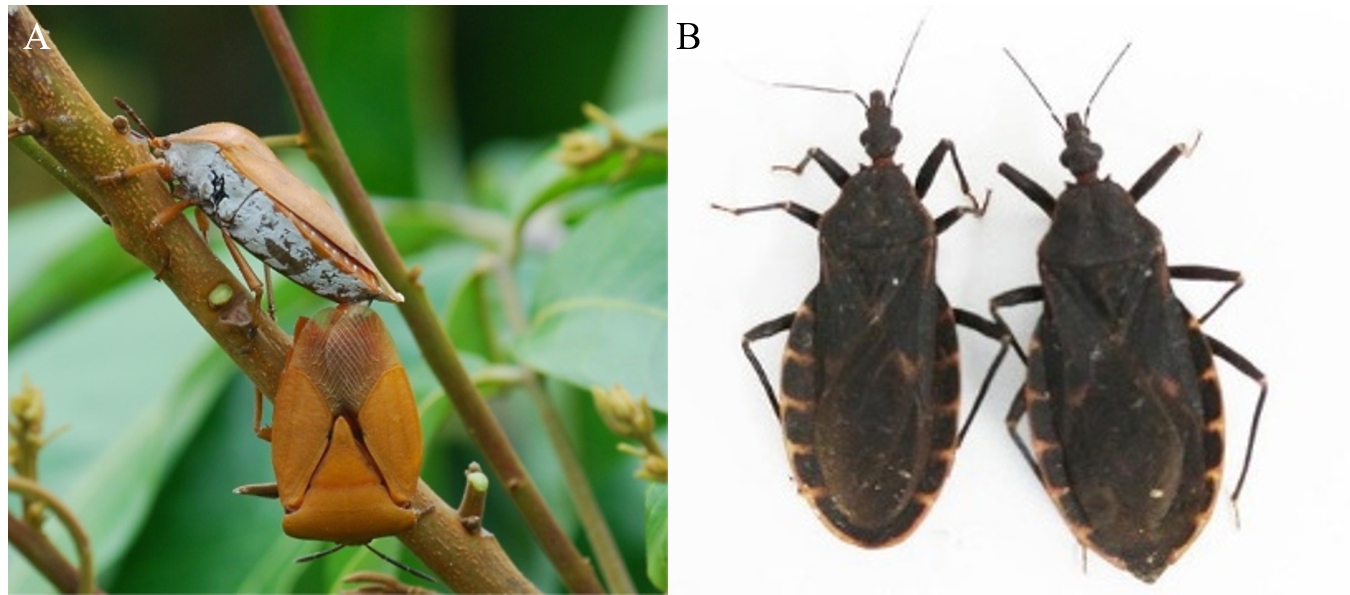
Image Source:
Dr. Yu‑Bin Huang, Taiwan Agricultural Research Institute – Council of Agriculture, Executive Yuan
Yunliang Shi, et al., Distribution, genetic characteristics and public health implications of Triatoma rubrofasciata, the vector of Chagas disease in Guangxi, China. Parasites & Vectors, 2020, 13(1), 33.
2. Centipedes
- Habits: Nocturnal, prefers dark and damp places. These fast-moving arthropods prey on small insects. They have venom glands and use pincer-like forelegs to inject venom for hunting or defense. Usually do not attack humans unless provoked.
- Common Locations: Bathrooms, kitchen corners, drains, wall cracks, and floor gaps
- Bite Risk: May cause skin redness, stinging, burning, allergic reactions; in rare cases, headaches, dizziness, or fever
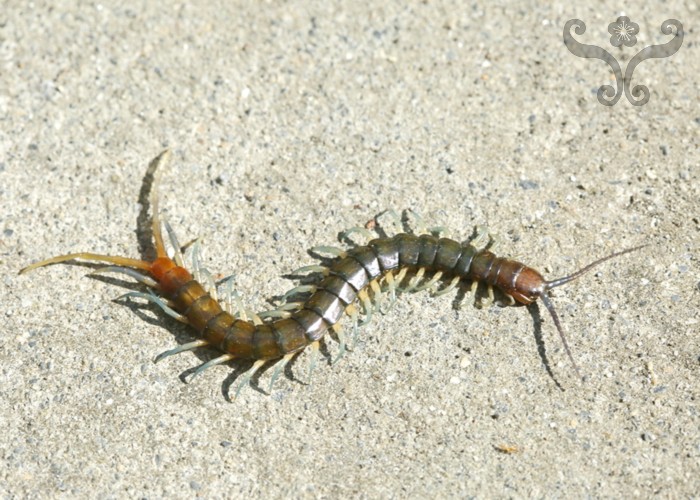
Image Source: NMNS Taiwan
3. Spiders
- Types: Tropical ghost spider, Anderson’s jumping spider, white-faced huntsman (locally known as “La Ya” in Taiwan)
- Habits: Nocturnal or active in dark areas, often hiding in low-traffic corners. Most are beneficial predators feeding on flies and mosquitoes. They use either web-building or hunting techniques (e.g., huntsman spiders). Most household spiders are harmless or mildly venomous.
- Common Locations: Window corners, wall edges, ceilings
- Note: Spider webs tend to collect dust and affect aesthetics
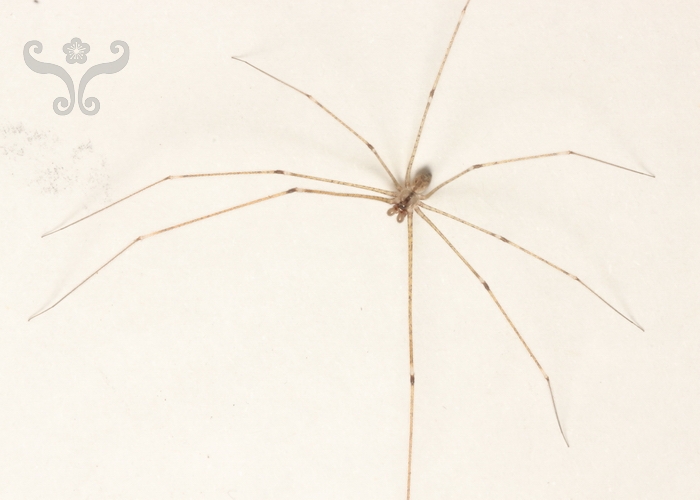
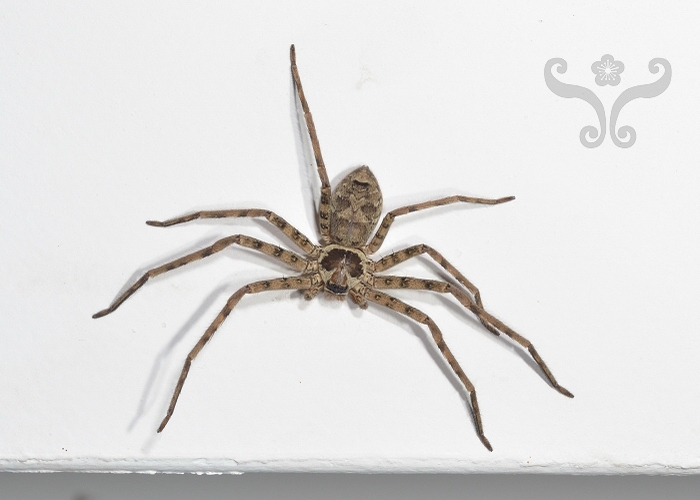
Image Source: NMNS Taiwan
4. Moths
- Habits: Size varies, slow flyers, strongly attracted to light. Nocturnal and usually drawn to light fixtures at night. Adult moths have short lifespans and focus on reproduction.
- Common Locations: Balconies, doors, and windows
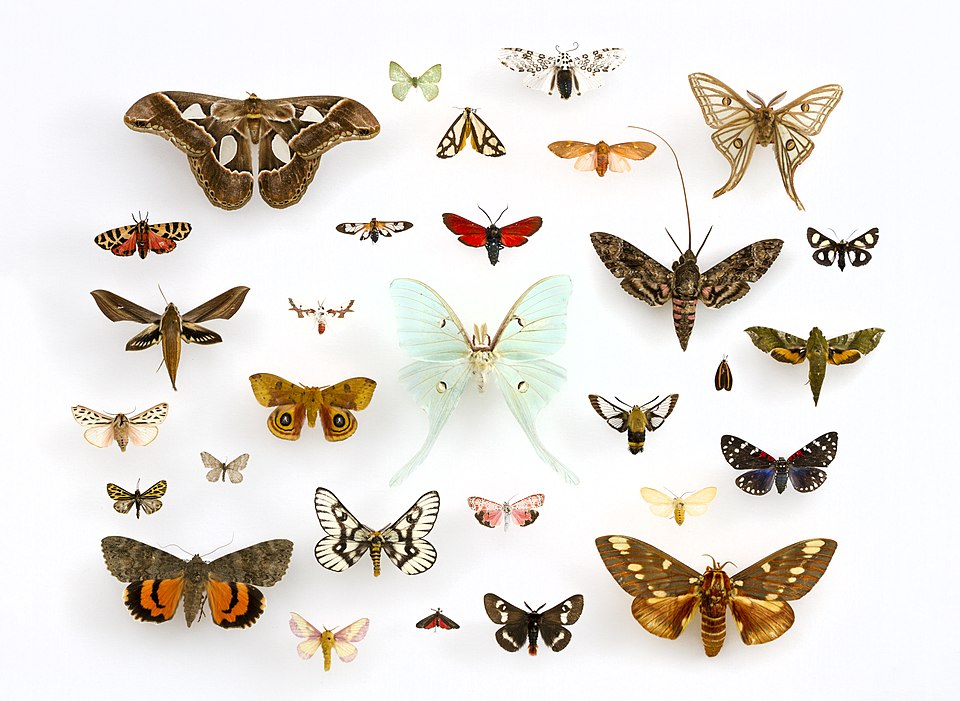
Image Source:Wikipedia -Assorted Moths (Lepidoptera) in the University of Texas Insect Collection
5. Crickets
- Habits: Nocturnal; males chirp at night to attract mates (females are silent). Active in summer and favor dark, damp, and secluded spaces. They can jump and crawl quickly, and are omnivorous, feeding on plant debris, insects, grains, and clothing fibers.
- Common Locations: Balcony corners, under furniture
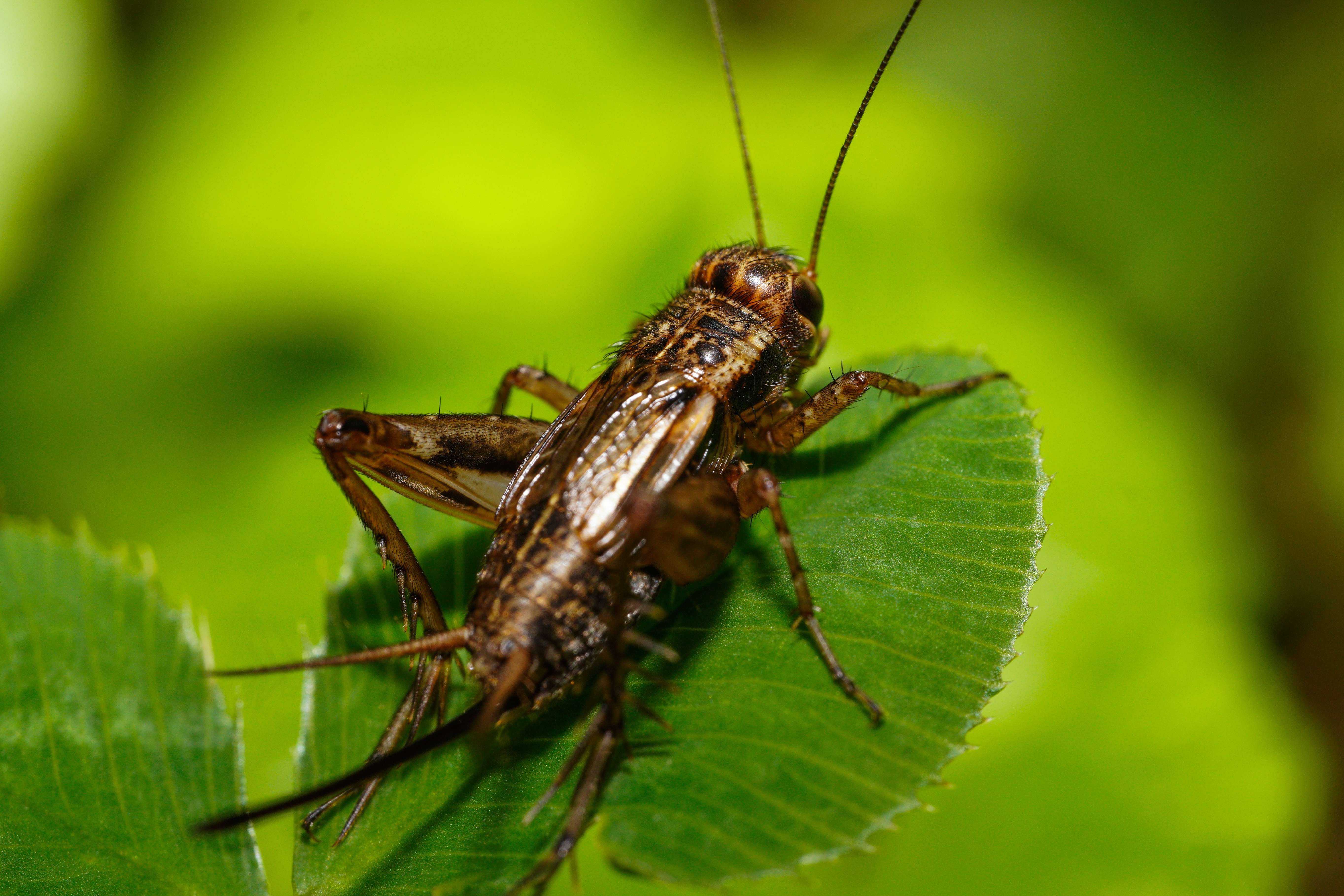
6. Praying Mantises
- Habits: Diurnal and excellent at camouflage among plants. They patiently wait for prey to approach. Occasionally enter homes by mistake. Carnivorous—feed on mosquitoes, flies, crickets, butterflies, and even small lizards. Hunt by locking prey with their front legs and striking quickly. Usually solitary.
- Common Locations: Near balcony plants or areas with insect activity

7. Millipedes
- Habits: Prefer damp, dark environments rich in decomposing matter. Feed on fallen leaves, rotting wood, and organic material in soil. Active at night and curl up defensively when threatened. They release irritating or foul-smelling fluids when disturbed. Frequently seen indoors during rainy or humid seasons.
- Common Locations: Yards, gardens, moist indoor corners
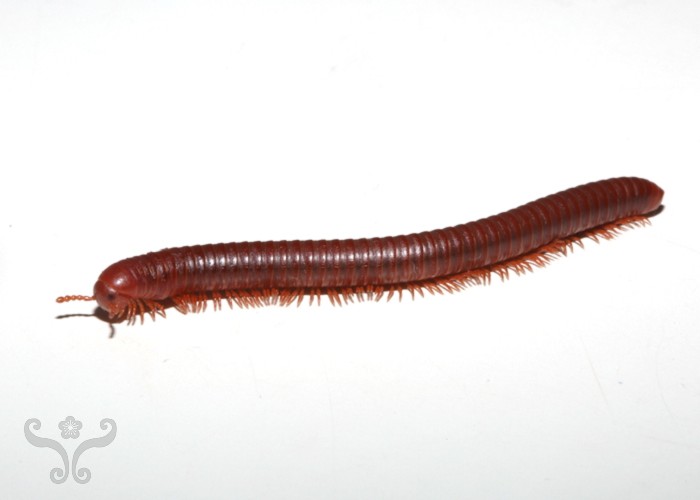

Image Source: NMNS Taiwan
8. Snails
- Habits: Like damp, dark environments and are mostly nocturnal. Move slowly and leave slimy trails to retain moisture and ease movement. Plant-eating mollusks that feed on young shoots, decaying leaves, and organic matter. Most active in rain or humid seasons.
- Common Locations: Balconies, potted plants

9. Weevils
- Types: Rice weevil, sweet potato weevil, maize weevil
- Habits: Herbivorous insects that feed on grains, seeds, tubers, or plant sap. Most can fly and are attracted to light. Prefer cool, dry hiding spots and reproduce quickly in enclosed environments.
- Common Locations: Near windows, around plants
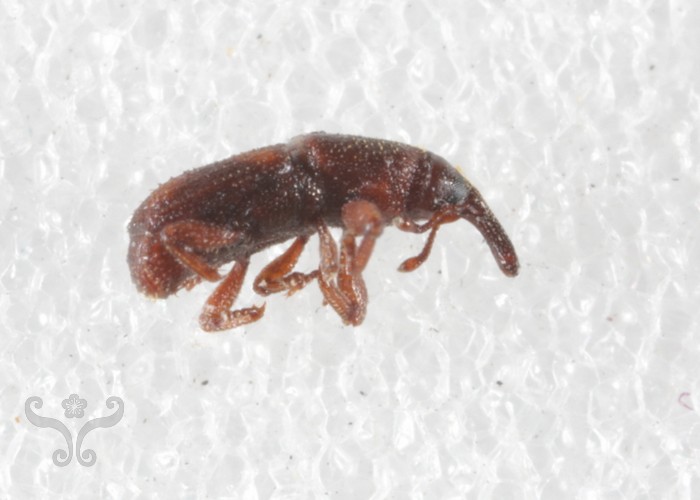
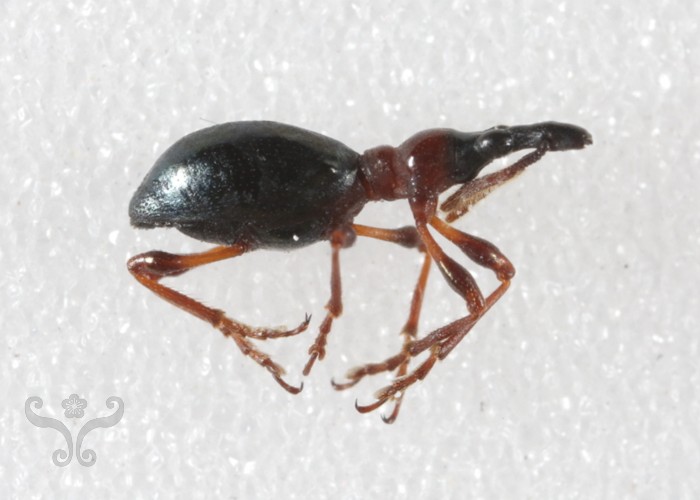
Image Source: NMNS Taiwan
10. Rove Beetles
- Habits: Light-attracted insects that prefer rice fields, grassy areas, and forests. They don’t actively attack or bite humans, but when crushed, they release a toxin called pederin that can cause skin burns and allergic reactions. Severe cases may result in blisters, ulcers, or secondary infections.
- Common Locations: Gardens, potted plants, near lights, or damp indoor areas
- Contact Risk: Burning sensation, allergic reaction, blisters, ulcers, infections
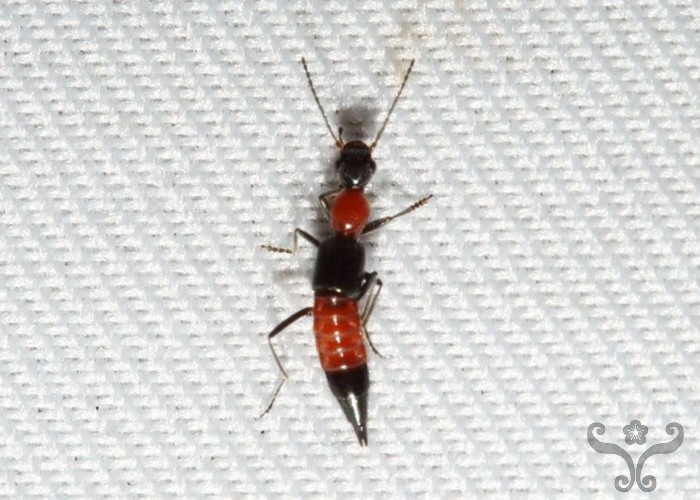
Image Source: NMNS Taiwan
Pest Control Tips
- nstall window screens, door seals, and insect barriers to prevent intrusions
- Minimize dust buildup, clutter, and damp areas indoors to reduce hiding spots
- Reduce nighttime lighting to avoid attracting insects
- For occasional intrusions, catch and release insects back outdoors
Occasional pests typically pose little threat and don’t require drastic action. However, if they appear frequently, it’s important to check your home’s structure and protection measures. By handling them promptly and keeping your environment clean, you can significantly reduce the chances of unexpected guests turning into a nuisance.

